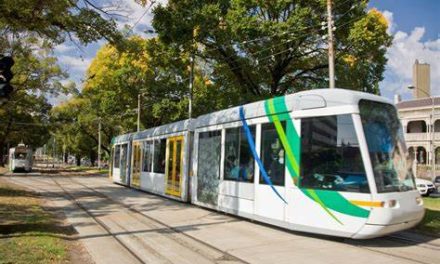When I went to planning school in preparation for a mid-life career change, I assiduously avoided anything having to do with transportation planning. Sure, I understood the connection between new road construction and urban sprawl, but the subject seemed designed for engineers whose idea of fun was debating different traffic forecasting methodologies or figuring out how many parking spaces a new office building would need. (Apologies to my transportation planner friends – I love you all.)
A lot has happened over the ensuing years. In my work with Community Development Council of Greater Memphis, I have seen firsthand how growth and development patterns facilitated by new road construction (among other factors) have left many residents of low-income neighborhoods isolated from economic opportunity, a situation made worse by a public transit system badly in need of improvement.
But it wasn’t until CD Council launched the Coalition for Livable Communities that I really understood how important it is to seriously engage on transportation policy issues. One of CLC’s goals is to help Shelby County residents understand and influence the decisions that can affect how our city looks and feels. In the case of transportation decisions, those impacts last decades if not a lifetime or longer.
For the average citizen (myself included), the transportation process can seem incomprehensible and abstract. (It’s a lot easier to envision the impact that tearing down the buildings in Overton Square will have on your neighborhood, for example, than the potential effects of changes to the road network.)
But after the planning jargon and acronyms are stripped away , we’re left with some pretty important questions.
Do we need a new road? Why or why not? Where? How many lanes does it need – now and in the future?Should it be straight or curved?Should it accommodate other forms of transportation, like sidewalks and bike lanes?
What about medians and other landscaping? What about public transit?
When the public doesn’t weigh in on these matters we often get, and are stuck with, decisions that we do not agree with. Germantown “Parkway,” anyone?
Fortunately, there are a couple of important opportunities to influence transportation policy decisions ahead in the coming months. One key initiative is the Memphis Metropolitan Planning Organization’s (MPO) Imagine 2035 plan, a new effort to examine future transportation needs in the context of where the community expects (or ideally – wants) growth and development to occur. Looking at transportation and land use in tandem seems like common sense, but too often, transportation decisions are made in a vacuum.
To the MPO’s credit, they will be making an aggressive effort to garner public input, and there will be many opportunities for the public to share its opinion via public meetings, web sites, social media, etc. And Imagine 2035 is a warm-up, as it were, for the MPO’s federally mandated Long-Range Transportation Plan, scheduled to be revised and updated in 2011.
Also kicking off next year will be the development of a short- and long-term master plan for public transit (specifically, the bus system) by Memphis Area Transit Authority (MATA) in partnership with the MPO. Public involvement will be a critical part of the planning process, which will focus on many issues of interest to riders and non-riders alike including route restructuring and realignment, potential new routes, schedules, and service standards. This planning effort is long-overdue and improvements are badly needed.
Today, I rarely miss an opportunity to participate in the transportation planning process. On my bedside table is From the Margins to the Mainstream: A Guide to Transportation Opportunities in Your Community, one of many useful publications from the Surface Transportation Policy Partnership (link: www.transact.org), and get regular updates on federal transportation policy from Transportation for America (link: www.t4america.org).
But you don’t have to become a transportation policy nerd like me to let your voice be heard. When the plans are announced, check them out online or better yet, attend a public meeting. I’ll save you a seat.



